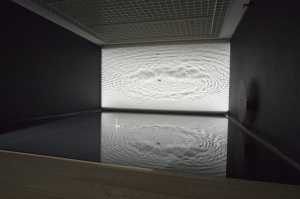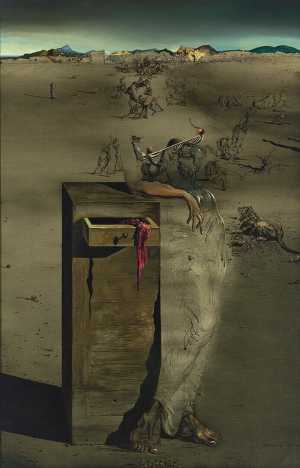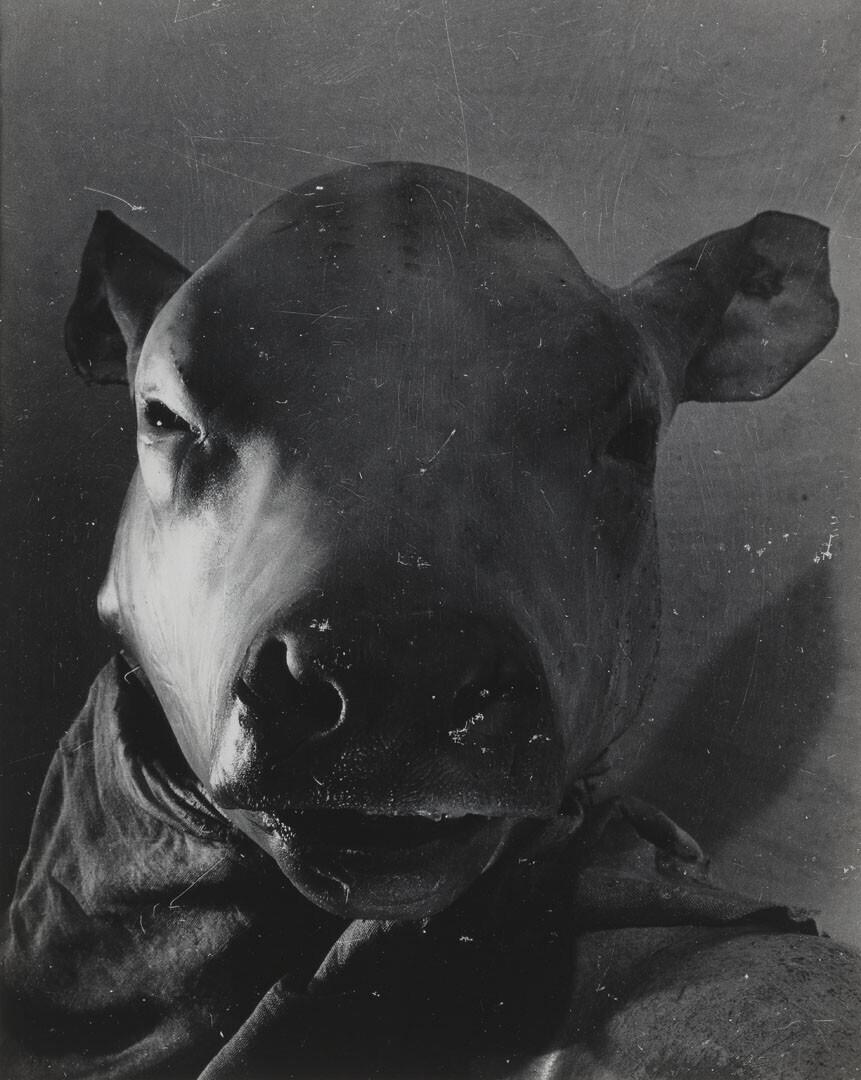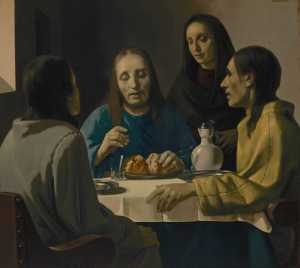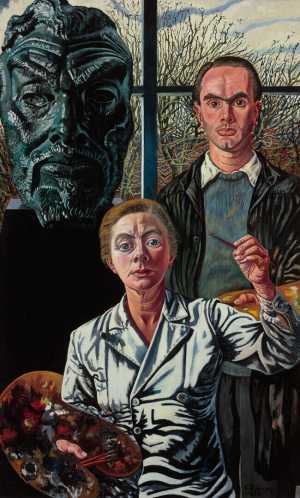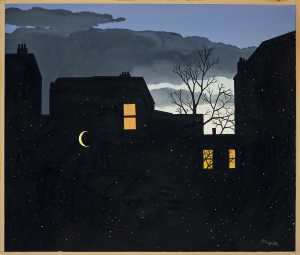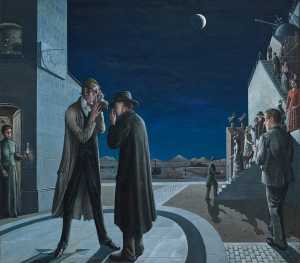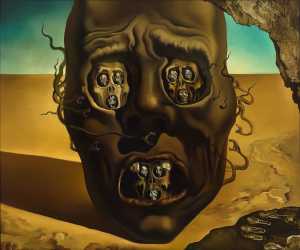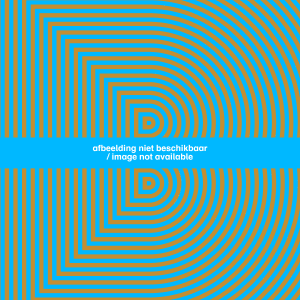Specifications
| Title | Calf |
|---|---|
| Material and technique | Vintage gelatin silver print on fibre-based paper |
| Object type |
Photograph
> Two-dimensional object
> Art object
|
| Location | This object is in storage |
| Dimensions |
Width 28 cm Height 35,5 cm |
|---|---|
| Artists |
Photographer:
Erwin Blumenfeld
|
| Accession number | 3534 (MK) |
| Credits | Purchased with the support of Mondriaan Fund, 1999 |
| Department | Modern Art |
| Acquisition date | 1999 |
| Creation date | in 1937 |
| Provenance | Galerie Cokkie Snoei, Rotterdam 1999 |
| Exhibitions | Rotterdam 2017b |
| Internal exhibitions |
Collectie - surrealisme (2017) |
| Research |
Show research A dream collection - Surrealism in Museum Boijmans Van Beuningen |
| Literature | Ewing/Schinz 1999, p. 84; Paris/Moscow 2013, pp. 166-79 |
| Material | |
| Object | |
| Technique |
Gelatine silver print
> Bromide print
> Photographic printing technique
> Mechanical
> Planographic printing
> Printing technique
> Technique
> Material and technique
|
Do you have corrections or additional information about this work? Please, send us a message





